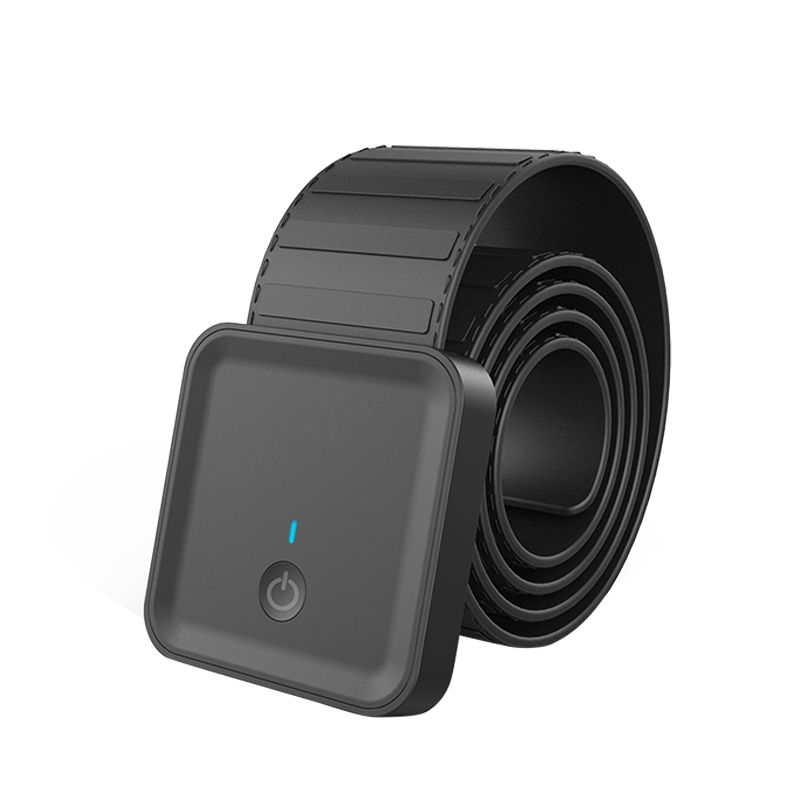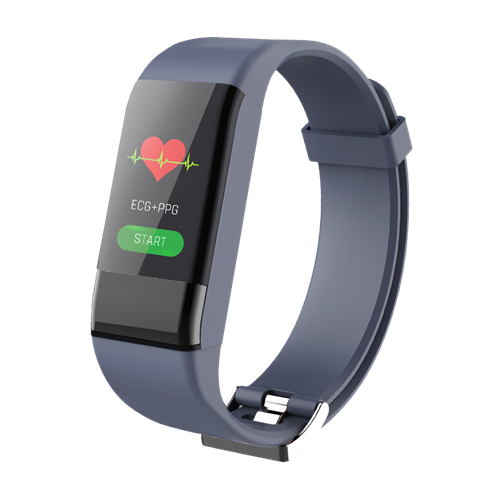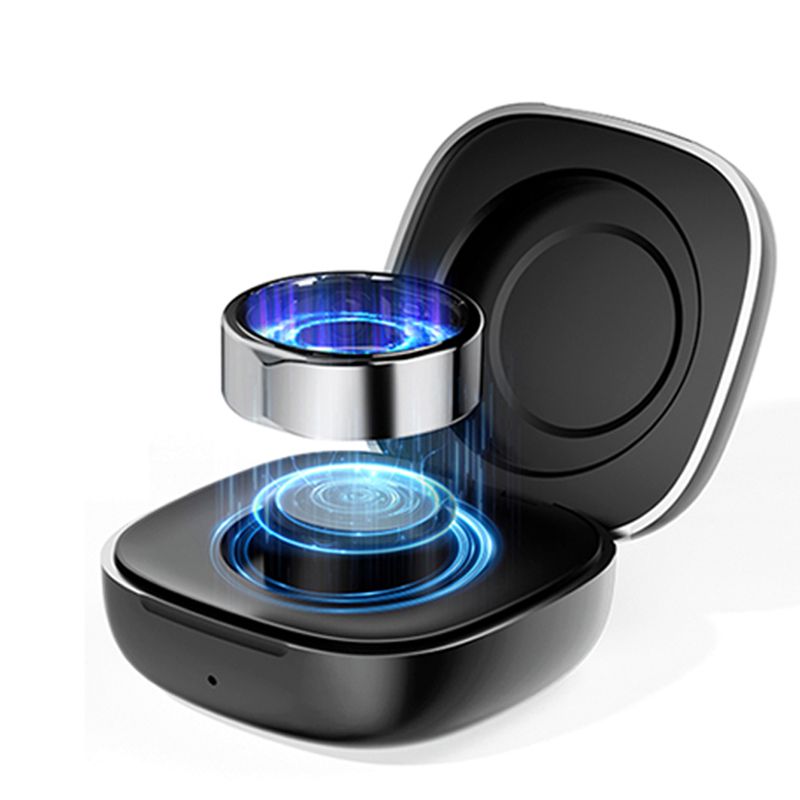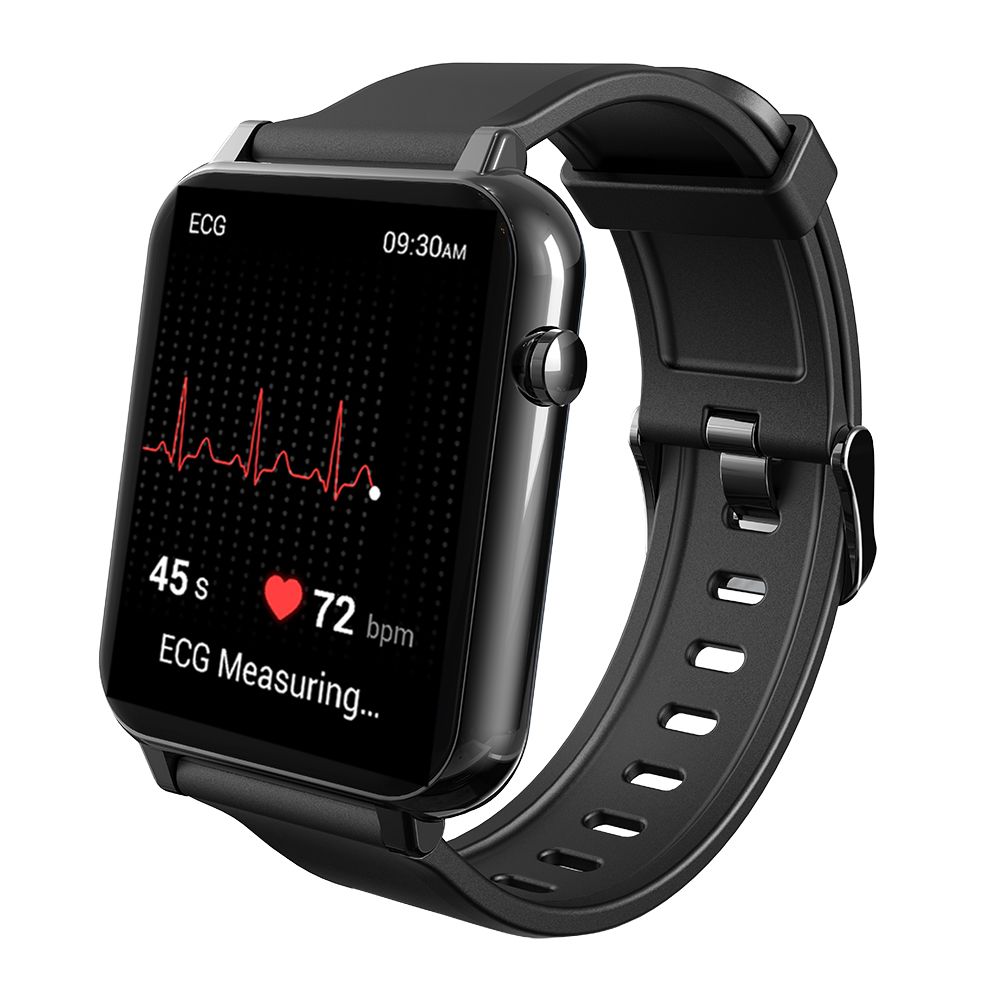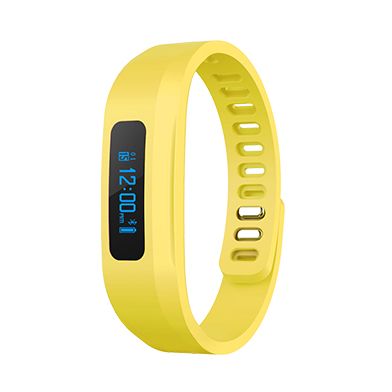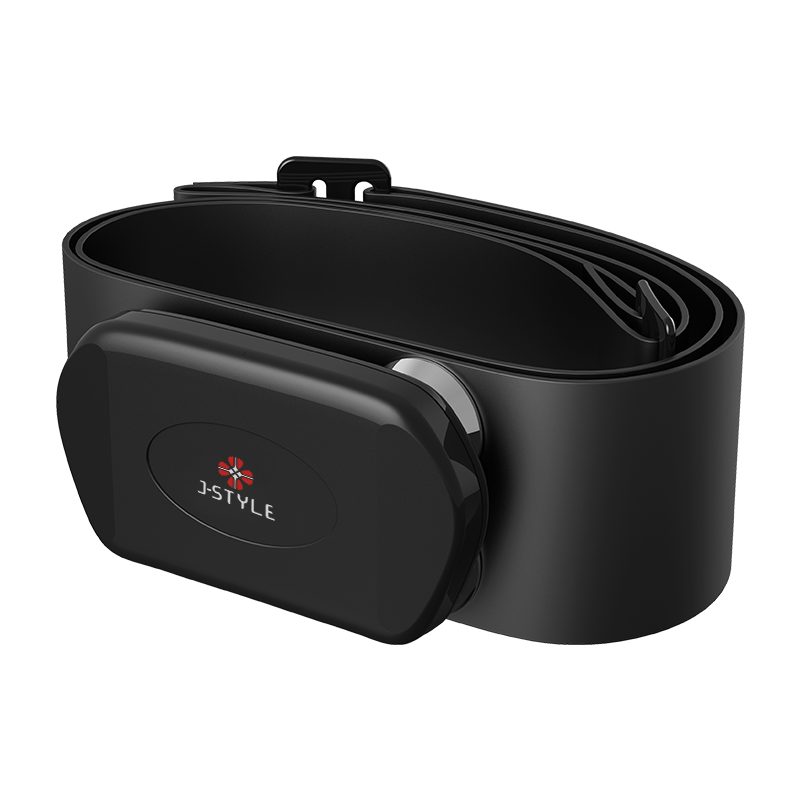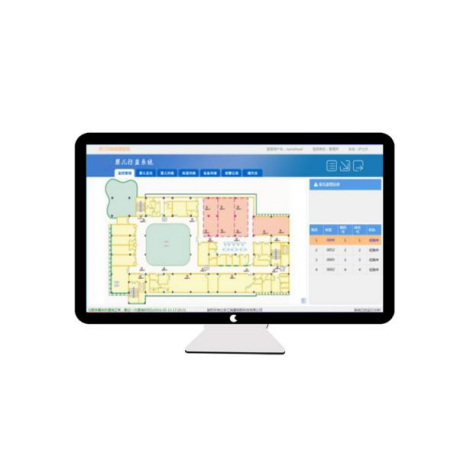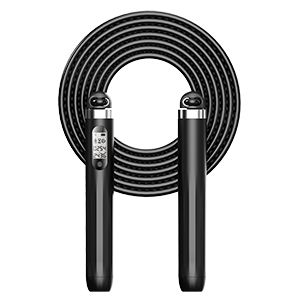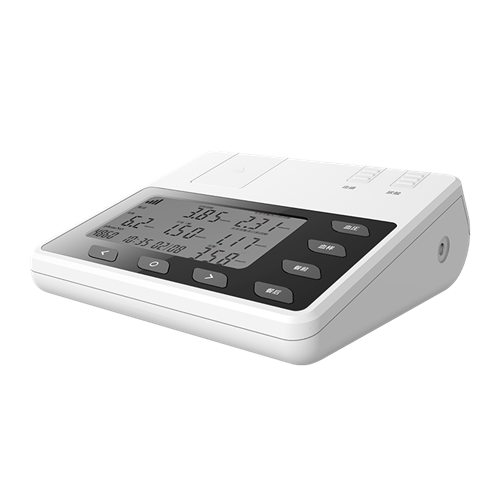In recent years, wearable technology has become an essential part of the health and fitness industry. From tracking steps and calories to monitoring sleep patterns and heart rate, wearables offer consumers valuable insights into their physical well-being. Among the most popular choices in this category are smart bands (bracelets) and traditional fitness trackers.
But with so many options available in today’s market, the question many are asking is: Do I need a smart band or a traditional fitness tracker?
In this article, we’ll take a closer look at both options, comparing their key differences in functionality, design, performance, and pricing. Whether you're a consumer looking for personal use or a business owner exploring opportunities in the wearables market, this guide will help you make an informed decision.

1.What Are Smart Bands and Traditional Fitness Trackers?
Before diving into the comparison, let’s define both devices:
Smart Band: A smart band is a sleek, lightweight wearable device designed for multi-functional health tracking and smart connectivity. It typically connects to a smartphone and includes features like message notifications, heart rate monitoring, sleep analysis, and even contactless payments.
Traditional Fitness Tracker: Fitness trackers are more focused devices, built to track specific physical activities like walking, running, cycling, and workouts. They often prioritize accuracy and simplicity, without adding too many extra smart features.
J-STYLE Smart Bands:
J-STYLE offers a range of screen-free smart bands (bracelets), including lightweight, minimalist designs with advanced health tracking sensors. These screenless smart bands are perfect for users who prefer discreet yet effective monitoring, without distraction.
2. Feature Comparison: Smart Bands vs Fitness Trackers
| Feature | Smart Bands | Traditional Fitness Trackers |
| Health Metrics | Heart rate, SpO2, HRV, sleep, stress, temperature, blood glucose trend (J-STYLE) | Heart rate, calories, step count, sometimes SpO2 |
| Notifications | ✔️ Phone calls, SMS, app alerts | ❌ Minimal or none |
| GPS | Some models with built-in GPS | Often requires phone GPS |
| Extra Functions | NFC payment, voice assistant, weather, Bluetooth music | Primarily fitness-related |
Smart bands generally offer a more comprehensive health experience, whereas fitness trackers specialize in physical activity and performance.
3. Design Comparison
Smart bands usually feature a modern, sleek design, often resembling compact smartwatches. Many models, including J-STYLE’s screen-free versions, are designed to be lightweight, subtle, and aesthetically versatile.
Fitness trackers, on the other hand, often have a simpler, utilitarian design, focusing on functionality over form. Their minimalistic displays prioritize clarity and battery efficiency.
Verdict: Choose smart bands for style and personalization; fitness trackers for practical simplicity.
4. Battery Life Comparison
Smart bands typically include more features, which can consume more power, especially with always-on displays and app connectivity. Average battery life is around 5–10 days, depending on usage.
Traditional fitness trackers, with fewer smart features, offer longer battery life, often reaching 10–20 days or more on a single charge.
J-STYLE smart bands are optimized for ultra-low power consumption, with screen-free models offering up to 14 days of battery life.
5. Price Comparison
● Smart Bands (Bracelets) : $20–$100+
● Traditional Fitness Trackers: $10–$50+
Smart bands cover a wider price range due to additional smart features. Fitness trackers remain more budget-friendly, ideal for users who prioritize basic tracking at low cost.
6. Data Processing & Analysis
Smart Bands (especially from brands like J-STYLE) use cloud-based AI platforms to process real-time data and provide actionable insights. This includes trend reports, risk analysis, and personalized recommendations.
Traditional Fitness Trackers often focus on basic data, such as step counts, active minutes, and calorie burn, with limited advanced analytics.
Summary:
Smart bands = broader health analytics
Fitness trackers = focused activity tracking
| Segment | Smart Bands | Fitness Trackers |
| General Consumers | ✔️✔️ | ✔️ |
| Fitness Enthusiasts | ✔️ | ✔️✔️ |
| Elderly or Children | ✔️ (lightweight, minimal design) | ✔️✔️ |
| Tech-Savvy Users | ✔️✔️ | ❌ |
Smart bands are ideal for those who value smart integration, health monitoring, and modern lifestyle functions. Fitness trackers are better suited for users who want a low-maintenance, purpose-driven device.
8. Which One Should You Sell? Are They Profitable?
For businesses, both smart bands and traditional fitness trackers present profitable opportunities, but in different market segments:
● Smart Bands offer higher per-unit margins and appeal to tech-forward, health-conscious consumers.
● Fitness Trackers have mass appeal and are perfect for budget segments and gift markets.
J-STYLE, as a leading OEM/ODM smart wearable manufacturer, offers both types of products, allowing partners to choose based on their target market and distribution channel.
9. Final Thoughts: Why Choose J-STYLE Smart Bands?
If you're seeking to enter the wearable health market, J-STYLE smart bands present the perfect opportunity. With screen-free minimalist models, clinical-grade sensors, and customizable OEM/ODM services, J-STYLE helps you:
● Build your own brand
● Customize features for your niche
● Access advanced health tracking (SpO2, HRV, glucose risk, and more)
● Offer affordable, user-friendly, and stylish solutions
10. Market Opportunities by Region: Developed, Developing, and Underdeveloped Countries
The global demand for wearable health technology is not uniform. Opportunities vary greatly depending on the economic development stage of each region. When planning your business strategy, it's essential to understand how smart bands and traditional fitness trackers meet the needs of users in different markets.
● Design products with rugged durability, multi-day battery, and low data dependency
● Highlight features like non-invasive blood sugar trend detection (BGEM) for early diabetes risk assessment in low-access regions
Conclusion for Global Market Strategy
By understanding the economic landscape and health tech maturity of different regions, brands and distributors can better position smart bands and traditional fitness trackers:
| Region Type | Recommended Product | Key Strategy |
| Developed Countries | Premium Smart Bands | Focus on innovation, lifestyle integration |
| Developing Countries | Affordable Smart Bands | Localize UX/UI, balance cost and value |
| Underdeveloped Countries | Low-cost Trackers & Smart Bands | Partner with NGOs, support offline usage |
J-STYLE offers a versatile smart wearable portfolio—from entry-level fitness trackers to AI-powered, screen-free health bands—designed to match diverse global needs. With OEM/ODM capabilities, multilingual app support, and proven quality standards (ISO9001, CE, BSCI), J-STYLE is your trusted partner in expanding into any wearable tech market worldwide.
Conclusion
Both smart bands and traditional fitness trackers offer unique value depending on your goals and preferences. If you want a multi-function, connected experience, smart bands are the right choice. If you're looking for cost-effective, fitness-only tracking, traditional fitness trackers are hard to beat.
At J-STYLE, we provide complete solutions tailored for your brand. Whether you’re looking to launch a smart band or scale up a health wearable product line, we’re here to help you succeed.
Contact our team today to explore white label and custom OEM/ODM opportunities!
